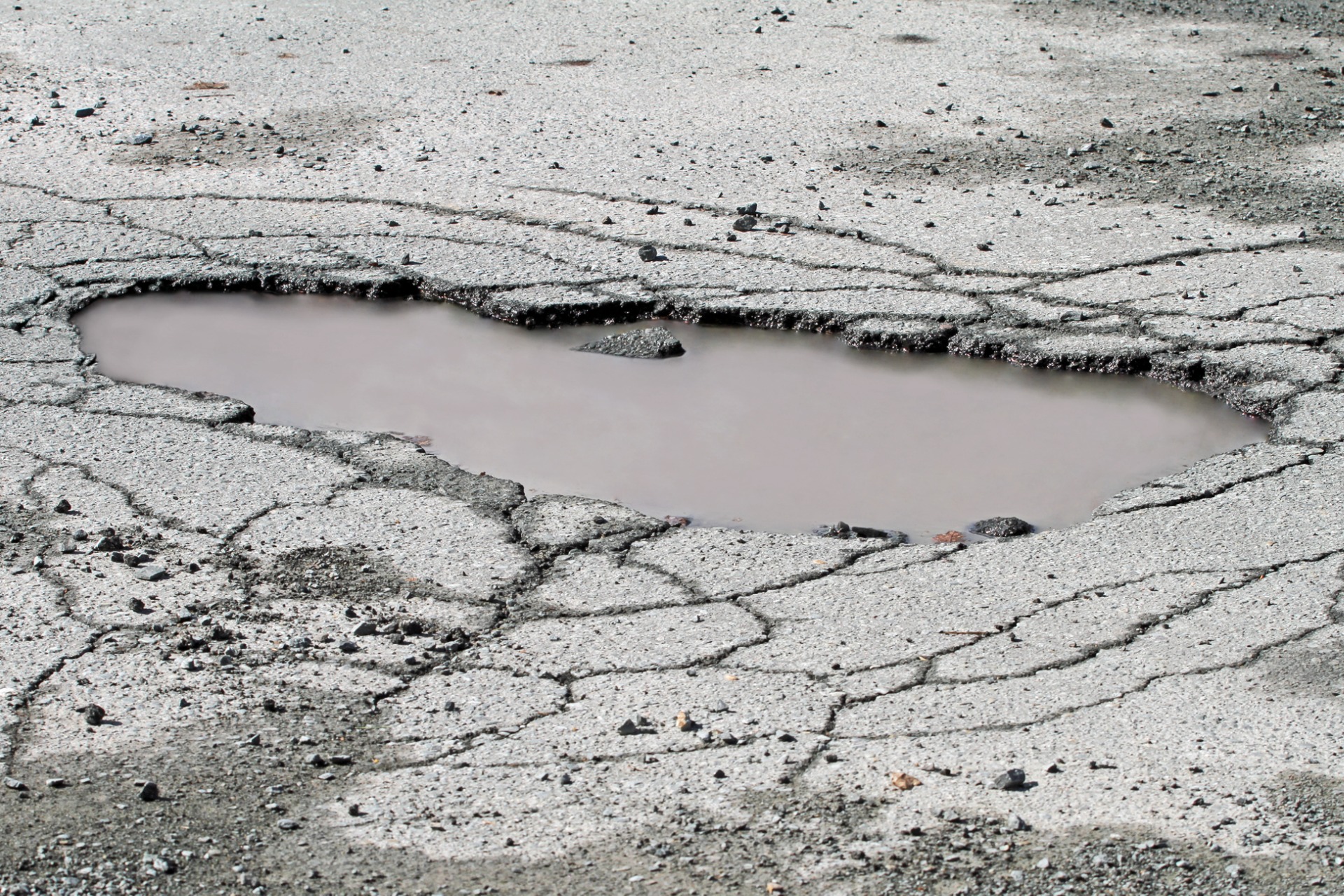
If your commercial property includes an asphalt parking lot, it requires regular maintenance in order to keep its appearance and functionality up to par. One of the most common problems that can occur with asphalt parking lots is having holes or cracks crop up over time due to wear and tear from vehicles driving on them every day.
Not only are these inconvenient for customers and employees attempting to access your business, but they create a hazard as well, making it important that they be fixed properly so they don’t get worse over time. This blog post will guide you through the steps necessary to patch any holes in your asphalt parking lot quickly and affordably!
Step One: Determine the Size and Depth of the Hole
When it comes to patching up your asphalt parking lot, knowing the size and depth of the hole is crucial. This allows you to determine the amount of material needed and the appropriate method to use in filling the hole. In some cases, simply pouring asphalt on top of the hole won’t suffice.
Instead, you may need to remove the damaged portion of the pavement and replace it entirely. Failing to accurately measure the hole can result in a less-than-perfect repair job that will not only look unsightly but also pose a hazard to vehicles and pedestrians. Take your time and determine the size and depth of the hole before proceeding with the repairs.
Step Two: Remove Debris from the Hole
The second step in the process is to remove any debris from the hole with a shovel. This may seem like a simple task, but it’s crucial to remove any loose rocks, dirt, or other materials that could hinder the adhesion of the patching material.
By taking the time to thoroughly clear out the hole, you can ensure that the patch will go on smoothly and adhere properly to the surrounding asphalt. Grab a sturdy shovel and get to work. You’re well on your way to a smooth parking lot surface!
Step Three: Fill the Hole
After identifying and cleaning the hole in your parking lot, the next step is to fill it with cold-patch asphalt. Cold-patch is a ready-to-use mixture that doesn’t require any heating or mixing. Its easy-to-use nature makes it a popular choice for small to medium-sized repairs.
However, it’s important to ensure that the mixture is evenly spread and level with the surface of the pavement. Otherwise, the resulting patch may be uncomfortable to drive over or may fail to hold up to traffic. With the right technique, cold-patch asphalt can provide a durable and long-lasting repair solution for your parking lot.
Step Four: Compact the Cold-Patch Asphalt
Once you’ve filled the hole in your asphalt parking lot with cold-patch asphalt, the next crucial step is to compact it. If not done correctly, the patch may not adhere to the surrounding pavement properly, leading to future damage or potholes.
Choosing the right tool to compact the asphalt is essential, and typically, a plate compactor or hand tamper is used. A plate compactor applies force evenly to the asphalt and produces a smoother surface, making it an ideal option for larger jobs. A hand tamper, on the other hand, is perfect for smaller patches, tight spaces, or areas that are challenging to access with larger equipment.
No matter which tool you choose, remember to start compacting from the edges and work your way inwards. Properly compacting your patchwork will ensure a long-lasting, smooth surface for your parking lot.
Step Five: Smooth Out Any Bumps or Irregularities
Once you’ve compacted the asphalt, it’s important to make sure that the repair area is smooth and even. This helps to prevent any tripping hazards and ensures the longevity of the repair. To accomplish this, grab a metal rake and carefully drag it over the patch, removing any bumps or irregularities. While it may seem like a small step, taking the time to smooth out the repair area can make a big difference in the overall appearance and safety of your parking lot.
Step Six: Apply a Sealant
The final step is crucial to ensure it stays durable and functional. Applying sealant over the patched area creates a protective layer that guards against damaging factors like water, UV rays, and oil spills.
Without a proper sealant, the newly patched pothole is left vulnerable to cracks and future damage, undoing all of your hard work! It’s essential to seek a high-quality sealant that will guarantee long-lasting protection against the wear and tear of everyday traffic. By taking this final step, you can rest assured that your parking lot will remain in pristine condition for years to come.
Potholes are a nuisance for asphalt parking lots, and they can become hazardous to both vehicles and pedestrians. The size and severity of the pothole will determine whether you can handle the repair yourself or you need to enlist the help of a professional.
To ensure your parking lot remains safe, it is best to enlist the services of an experienced asphalt contractor like McConnell & Associates. With over 50 years of experience, McConnell & Associates is dedicated to providing quality services for commercial asphalt repair and maintenance.
Every project will be handled with care and attention, from minor repairs to a complete replacement job, so that your business can return to normal as soon as possible. Contact us today for any of your asphalt needs!

.png)


